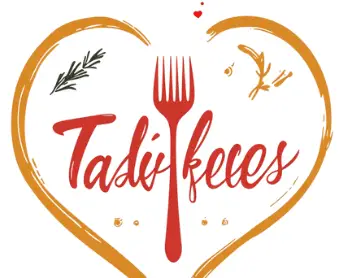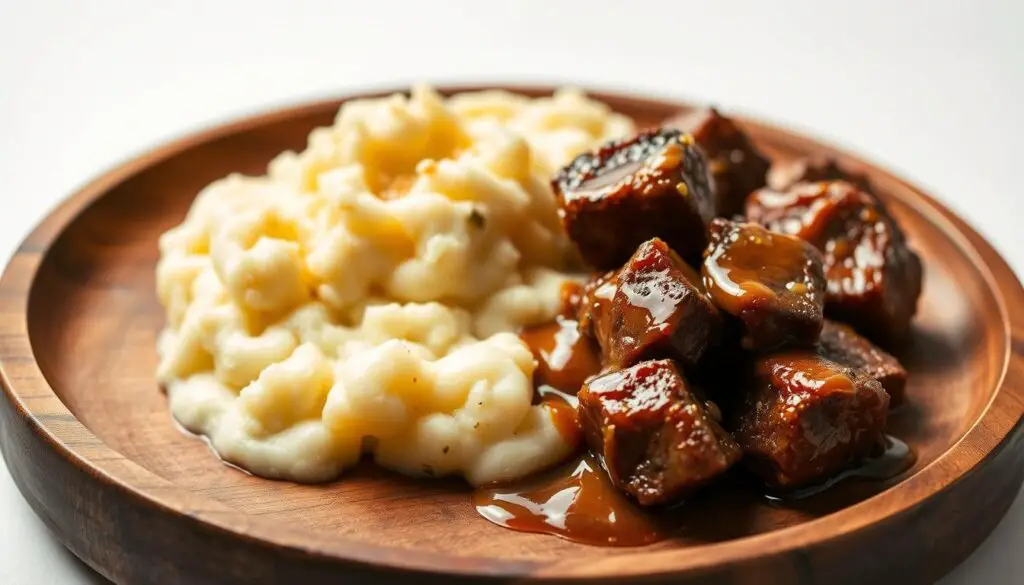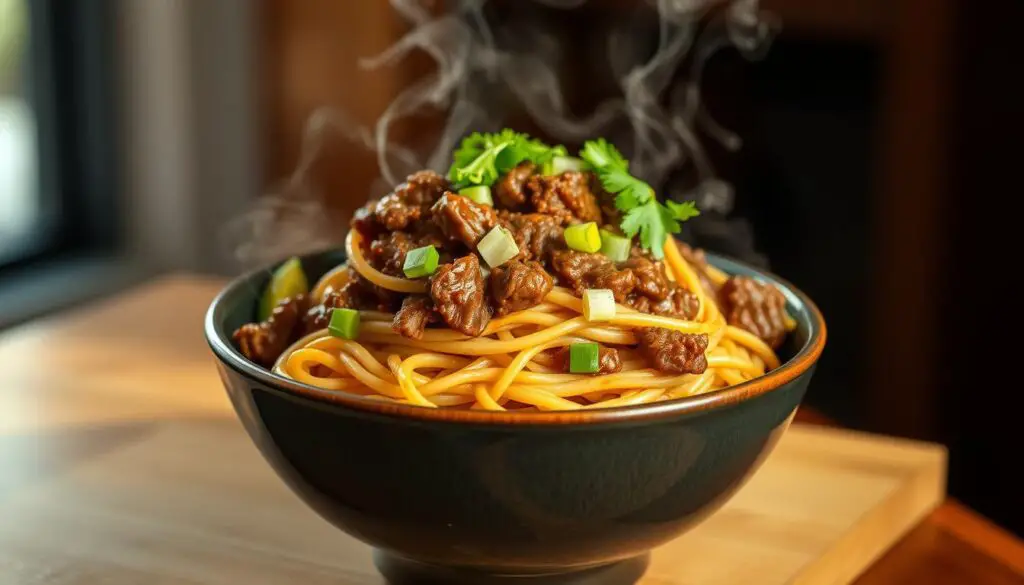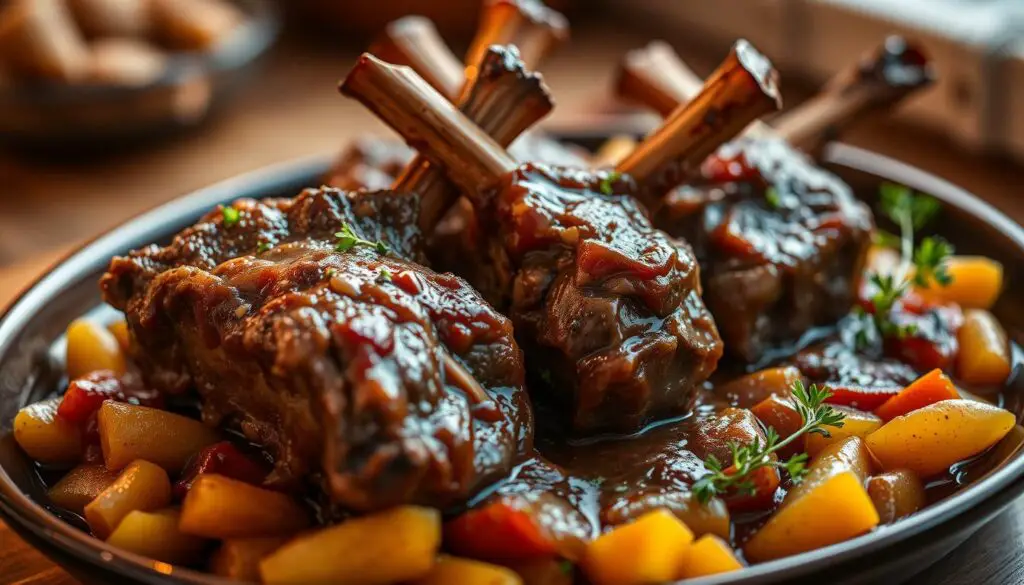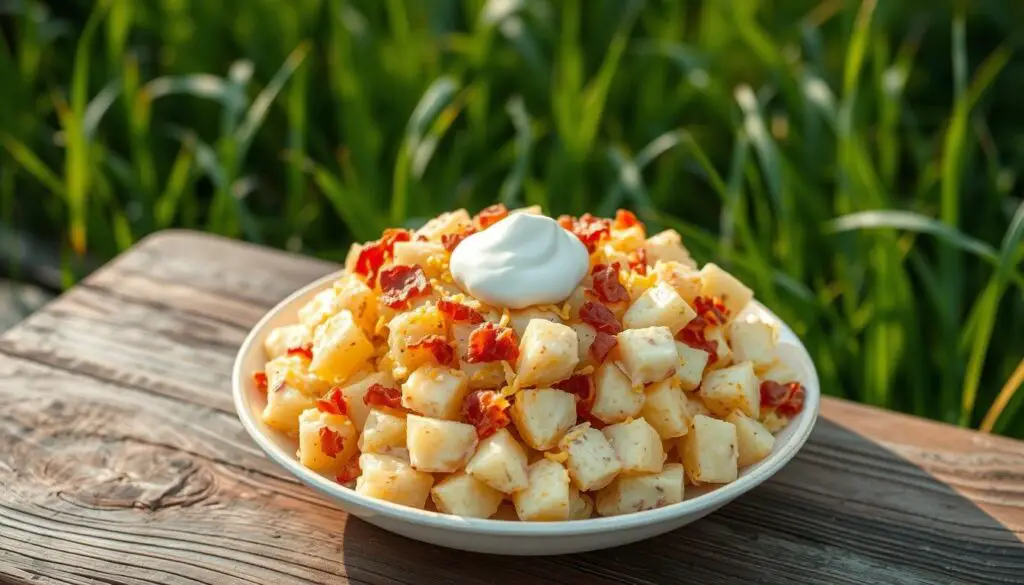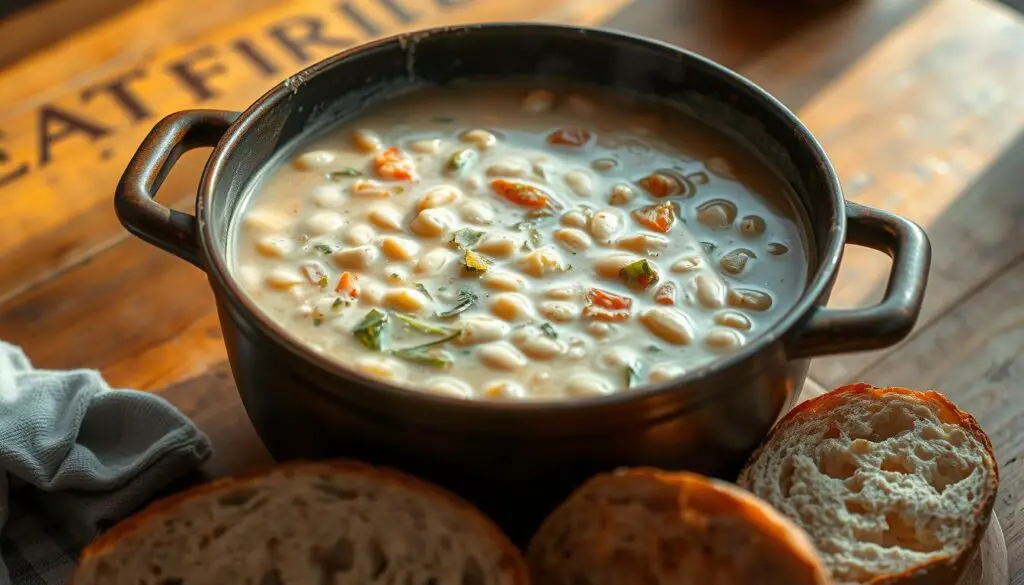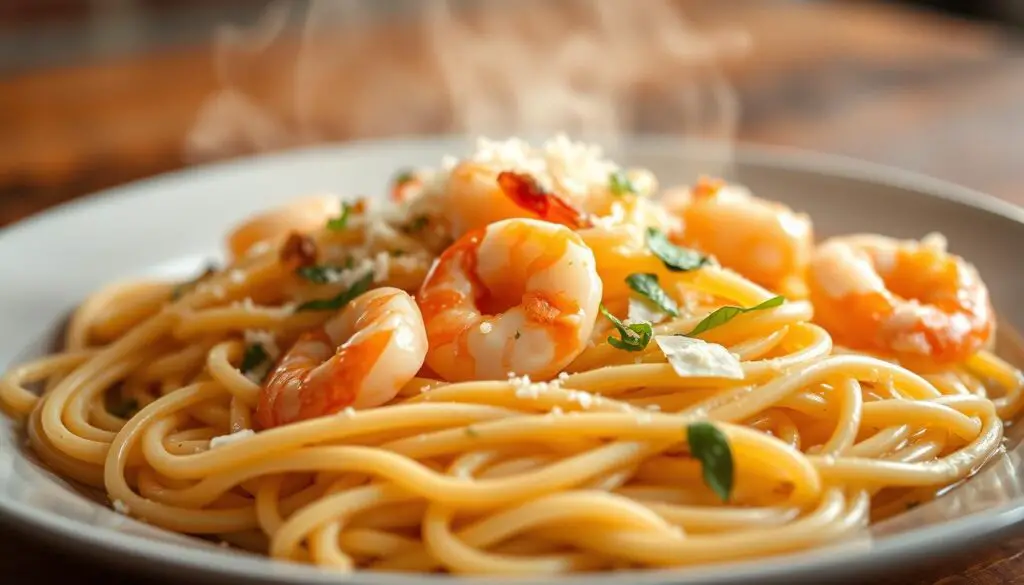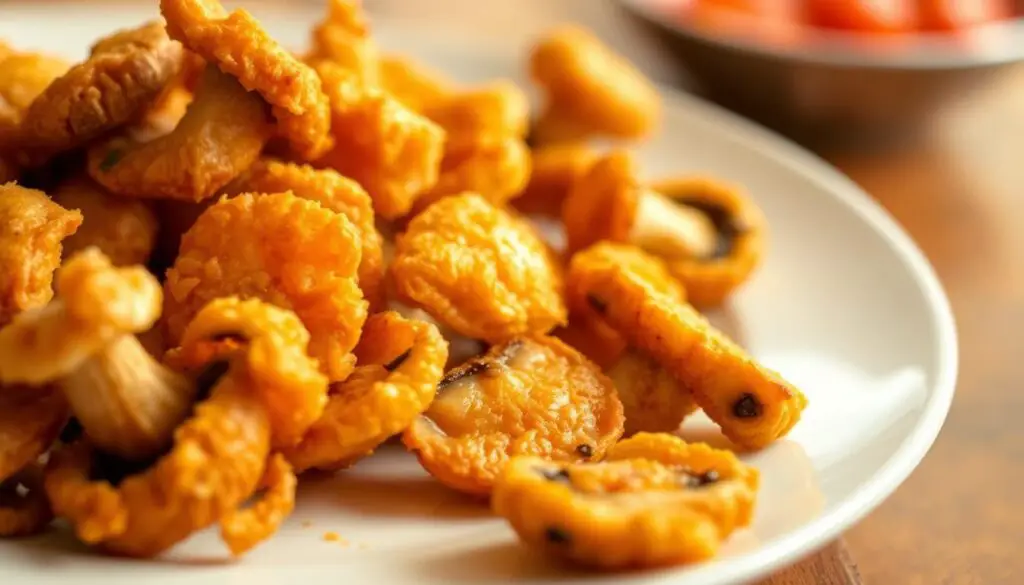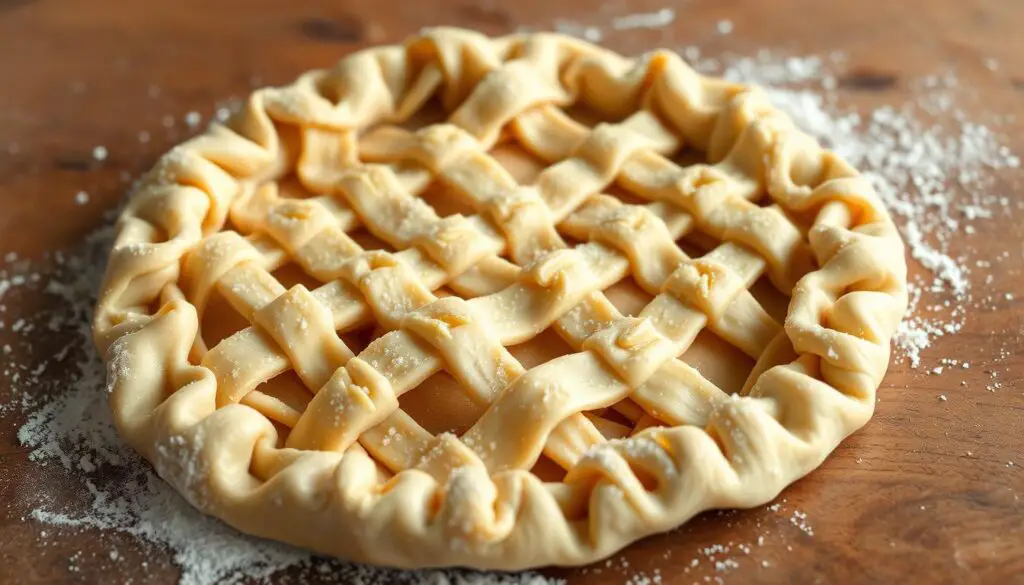
Meet Evelyn, Founder of Tasty Recipes
I’m Evelyn, the passionate cook and storyteller behind Tasty Recipes. Thank you for being here, where sizzling skillets, cherished memories, and the art of delicious cooking come alive.
Beef Recipes
Savory Garlic Steak Bites and Mashed Potatoes
I share my simple recipe for Garlic Steak Bites and Mash, a mouth-watering combo that's easy to make and perfect ...
Mongolian Ground Beef Noodles – 15 Minutes Recipe
I share my easy Mongolian Ground Beef Noodles recipe that's ready in 15 minutes. Perfect for a weeknight dinner ...
Slow Cooked Lamb Shanks: Tender, Flavorful Dish
Discover my simple recipe for Slow Cooked Lamb Shanks, a tender and flavorful dish perfect for any occasion ...
Creamy Loaded Baked Potato Salad – Perfect for Picnics
I'm sharing my favorite Loaded Baked Potato Salad recipe, a creamy and delicious side dish ideal for any occasion ...
Homemade Beef Gravy Recipe: A Savory Delight
Learn how to make a delicious beef gravy with my easy-to-follow beef gravy recipe, ideal for elevating your meals ...
Warm Up with This Tasty White Bean Soup
I share my simple recipe for White Bean Soup, a comforting and nutritious meal perfect for any day. Learn how ...
Chicken Recipes
Crispy Garlic Parmesan Chicken: A Flavorful Dinner Idea
I share my simple recipe for Garlic Parmesan Chicken that's crispy, flavorful, and perfect for dinner tonight ...
The Best Cabbage Soup Recipe for a Healthy Lunch or Dinner
Looking for a healthy Cabbage Soup Recipe? I've got you covered! My recipe is easy to make and packed with ...
Flavorful Green Chile Chicken Stew
"Discover my easy-to-make Green Chile Chicken Stew recipe, packed with tender chicken and rich green chile flavor." ...
My Chicken Marsala Recipe for a Delicious Homemade Dinner
I'm sharing my favorite chicken marsala recipe that's perfect for a weeknight dinner. Get the step-by-step guide to making this ...
My Easy Chicken Piccata Recipe: A Classic Italian Dish
Discover my easy chicken piccata recipe, a classic Italian dish that's quick to make and delicious to enjoy. Learn how ...
Simple Chicken Spaghetti Recipe for Weeknights
"Get my quick and easy chicken spaghetti recipe, ideal for busy weeknights. Simple ingredients and straightforward instructions make it a ...
Seafood Recipes
Creamy Garlic Butter Lobster Tails Recipe
Learn how to cook Garlic Butter Lobster Tails with my simple recipe and step-by-step guide. Impress your guests tonight! ...
Classic Seafood Paella Recipe
Get ready to cook a delicious Classic Seafood Paella Recipe, just like in Spain. I'll guide you through the preparation ...
Creamy Seafood Pasta Recipe
Discover my simple Creamy Seafood Pasta Recipe, ready in under 30 minutes. Perfect for a weeknight dinner! ...
Spicy Shrimp Tacos Recipe: Delicious and Easy to Make
I share my simple Spicy Shrimp Tacos Recipe that's ready in under 30 minutes, perfect for a quick and delicious ...
Crispy Fish and Chips Recipe: A Delicious Classic
I'm sharing my secret Crispy Fish and Chips Recipe that's easy to make at home. Get the simple steps and ...
Mouth-Watering Grilled Salmon Recipe for Dinner
Discover my simple Grilled Salmon Recipe for a delicious dinner that's ready in minutes. Easy to follow and mouth-watering! ...
Dessert Recipes
The Best Carrot Cake Recipe You’ll Ever Make
I'm sharing my favorite Carrot Cake Recipe that's incredibly easy to make and always a hit. Follow my simple recipe ...
Red Velvet Cake: A Classic Dessert
Discover my take on Red Velvet Cake, a beloved dessert that's both decadent and deliciously iconic ...
Crispy Fried Mushrooms: A Tasty Vegetarian Treat
Learn how to make Crispy Fried Mushrooms with my simple recipe and step-by-step guide. A delicious vegetarian treat that's easy ...
Classic Apple Pie Recipe: Easy & Flaky
I'm sharing my classic Apple Pie Recipe that's easy to make and flaky. Get the simple steps to bake a ...
Raspberry Swirl Cake: A Mouthwatering Dessert
I'm sharing my simple recipe for Raspberry Swirl Cake, a delicious dessert perfect for any occasion. Get the easy-to-follow instructions ...
